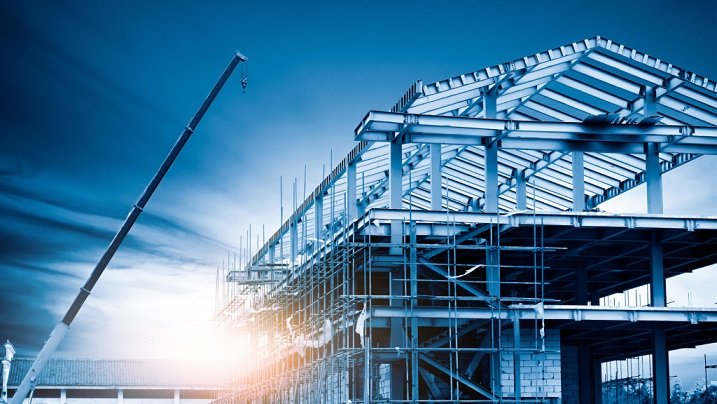Have you ever wondered why construction timelines seem shorter these days? Builders are adopting new methods and materials to speed up projects without compromising quality. Builders are choosing steel frames more often to improve efficiency and ensure precision.
One of the most popular choices in modern construction is steel wall framing. From durability to eco-friendliness, it offers a range of benefits that help deliver faster and more accurate construction results. In this article, we will explore why it has become the preferred option for many builders.
Benefits in Detail
Faster Construction
Time is critical in the construction industry. Projects need to be completed efficiently, and traditional materials like wood may not always meet the demand for speed. Steel framing allows builders to work faster because it is pre-engineered and ready for assembly.
Unlike wood, which requires on-site cutting and adjustments, they fit perfectly as they arrive. This reduces the time spent on labour-intensive tasks, saving builders valuable hours and keeping projects on schedule.
Precision and Accuracy in Every Frame
Steel framing is manufactured with high precision, ensuring that each frame is identical. This level of accuracy is hard to achieve with traditional materials, such as wood, which can warp or shrink over time. For builders, the metal’s precision is crucial. It ensures that walls, ceilings, and other structures align perfectly. The result is a more accurate build with fewer mistakes, saving time on adjustments and reworks later in the project.
Strength and Durability of Steel
Regarding strength, steel outperforms many other construction materials. This framing offers a high level of durability that ensures buildings stand the test of time. Unlike wood, the metal is not susceptible to termites, rot, or decay, making it a more reliable option for long-lasting structures.
Builders appreciate the peace of mind of using steel, knowing it can withstand harsh weather conditions and heavy loads without deteriorating.
Eco-Friendly and Sustainable Option
As sustainability becomes a priority, builders are looking for environmentally friendly materials. Steel is 100% recyclable, making it eco-friendly for construction projects. Steel framing reduces waste, as it can be recycled at the end of its life, contributing to a greener building process.
Additionally, using metal helps conserve forests by reducing the demand for wood in construction. Builders who prioritise sustainability can rely on it to minimise their environmental footprint while still delivering high-quality results.
Resistance to Fire and Pests
Safety is a top concern for builders and property owners alike. Steel framing offers high protection against fire hazards, as the metal does not burn. This fire resistance can significantly reduce the risk of damage to the structure and the cost of repairs in the event of a fire.
Additionally, these frames are resistant to pests like termites and ants. Unlike wood, which is prone to insect damage, the metal remains unaffected by pests, ensuring the integrity of the structure over time.
Cost-Effective in the Long Run
While the initial cost of steel framing might be slightly higher than traditional materials, it offers significant cost savings over time. Its durability and low maintenance requirements mean that fewer repairs and replacements are needed throughout the building’s life. Builders and property owners can enjoy the long-term financial benefits of choosing the metal, as it reduces repair costs and increases the structure’s lifespan.
Lightweight and Easy to Handle
Despite its strength, steel is surprisingly lightweight compared to other materials like wood or concrete. This makes framing easier to transport and handle on the construction site, further speeding up the building process. Builders benefit from the reduced effort required to install them, as they can be moved and assembled with ease.
Steel wall framing has proven to be an ideal solution for modern building projects. Due to the benefits mentioned above, it ensures that construction timelines are met without compromising on quality. As a result, it is set to remain a popular choice in the future of construction.
